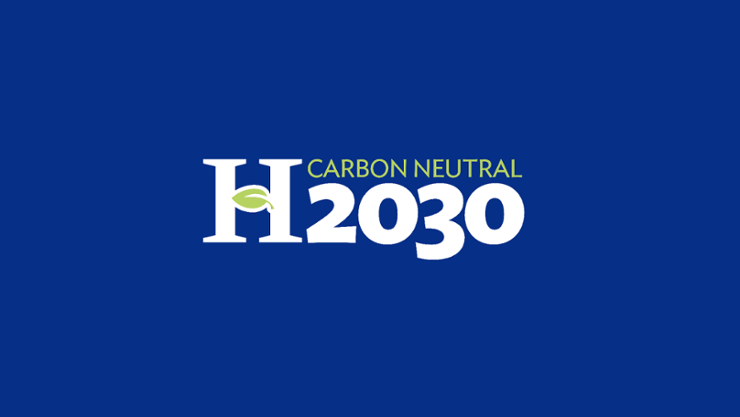
During the March 2022 Board Meeting, Hamilton College’s Board of Trustees voted to move the year to reach carbon neutrality from 2050 to 2030. This twenty-year shift from its initial target is a significant step in the College’s sustainability efforts to address climate change.
The 2050 benchmark for achieving carbon neutrality was set in the first Climate Action Plan, established by the College in 2009. According to Brian Hansen, Director Of Environmental Protection and Safety and Sustainability, the earlier plan was created when the “college/university sector did not have a good understanding of the tools or technologies necessary to actually achieve neutrality.” Hansen continued to explain that the SWG did not want to “spend college resources unwisely or seek quick fixes,” instead opting for a cautious approach to “fully evaluate the options and opportunities available to Hamilton.”
The Sustainability Working Group (SWG) is the primary body responsible for Hamilton’s carbon neutrality measures. The SWG reports to President David Wippman, Vice President of Administration and Finance Karen Leach, senior staff and the Board of Trustees. This group’s main function is to provide recommendations for actions the College can take to reduce its carbon footprint.
Hansen reported “through the efforts of the Sustainability Working Group (and the senior staff/Board of Trustees stakeholders it reports to), we only recently felt confident that an advanced neutrality date was both feasible and responsible.”
With this new goal in mind, the College plans on taking many steps to achieve carbon neutrality. These steps include additional investments in energy systems, such as geothermal heat pumps, which are powered by electricity from New York State’s low carbon electricity grid. The College also plans on managing its lands to increase the ability to capture and store carbon dioxide in the atmosphere. Reforestation is particularly important to this goal, as the nearly 1,000 acres of land help with this process of carbon sequestration. The SWG prepares to further study and implement additional opportunities for reducing carbon emissions. Starting in 2030, carbon offsets, which help to balance out emitted carbon, will be planned.
Hamilton’s major sustainability projects get funding from donor support, grants and the operating budget which comes from tuition and endowment funds. In the past, the College has focused on facilities and waste management in its carbon neutrality efforts. Facilities that promote sustainability include the installation of twenty charging points for electric vehicles, which are available free of charge on campus. These measures are decided upon by members of the on-campus workforce that centers on sustainability programs. Members include faculty from the Environmental Studies department, leadership in Facilities Management and eight to ten sustainability students that are hired each semester.
Hansen wanted to stress the essential role that students play in sustainability at the College, saying “while I and numerous other employees spend their time on the various rubrics associated with neutrality (measuring/reporting emissions as an example), one can think of the carbon neutrality goal as a mere milestone in the larger goal of heightening student (and employee) aptitude on environmental matters…Independent of a student’s choice of major, their time at Hamilton proper and following as an alum will be shaped by the environmental education received here, and as such it’s in our global interests to send students into their future personal/career pursuits ready for the climate challenges we all face.”
Ways that students can participate in the College’s green initiatives include carpooling, recycling and being mindful of one’s own carbon footprint. Hamilton Sustainability Coordinators will be hosting a Green Week beginning on Friday, April 22. These events will demonstrate sustainable practices students can take on campus as Hamilton looks towards a more sustainable future.
















